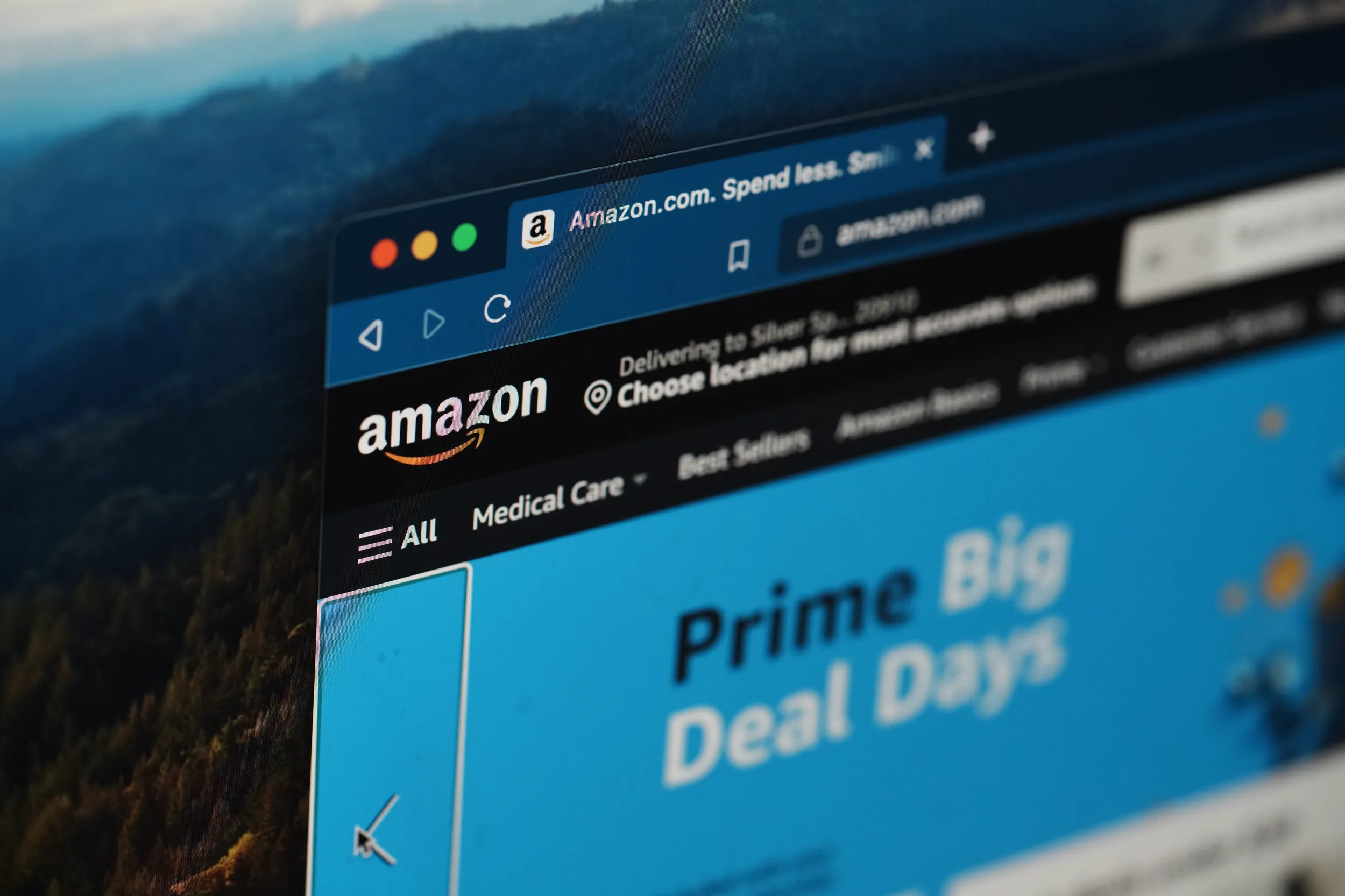Transparency About Your Business Model Ought To Be A Competitive Advantage
![]() In much of the discussion over what apps can fill the place of Google Reader (did you hear it shut down this week?!), I’ve heard something distinctly old-fashioned: questions about the business models behind this breathtakingly diverse crop of would-be Reader replacements.
In much of the discussion over what apps can fill the place of Google Reader (did you hear it shut down this week?!), I’ve heard something distinctly old-fashioned: questions about the business models behind this breathtakingly diverse crop of would-be Reader replacements.
The anger and sadness over Google yanking a popular service that cost it little to operate has understandably curdled into a certain won’t-get-fooled-again distrust of RSS-reader services that promise free delivery of updates about your favorite sites on the devices of your choice without explaining how they’ll pay for it.
Mashable’s Christina Warren, for example, expressed her unease about the otherwise appealing Feedly: “Our only real concern with Feedly is its underlying business model. Maintaining these servers isn’t cheap, so how will the service monetize?”
At Macworld, Lex Friedman had almost the same thought: “Feedly is free. To me, that’s a knock against it. If Google—Google!—couldn’t figure out a way to monetize this kind of service, I’m not sure anyone can.”
And at TidBITS, editor Josh Centers couldn’t bring himself to endorse Feedly until it “develops a concrete business model.”
But here’s the thing: Feedly does have a business strategy, the widely-used “freemium” model in which some features come with a fee that underwrites the cost of basic service.
But this San Francisco company has done a lousy job of explaining this. Its about-us page says nothing about it, an “Explain how you plan to make money” request in its help forum lacks a company response, and the only mention I could find on its blog came in a comment left on an unrelated post.
Instead, Feedly appears to have outsourced its explanatory labor to journalists: In April, TechCrunch’s Sarah Perez got co-founder Cyril Moutran to outline a couple of distinct freemium options: paid access to such power-user features as integration with Evernote or Dropbox, and the addition of publishers’ subscription-required content.
Sadly, that’s more documentation than many tech startups offer about where the money will come in should investors tire of throwing cash at them.
When I talked to the founders of Nextdoor in April, they had a short and simple answer to my business-model query about their intriguing, private social network for neighbors, which limits its users to those willing to have their street addresses verified: “There is no business model today.”
(That evening, co-founder Nirav Tolia e-mailed with more details, concerned that my post portrayed the site as having no visible means of support. “We do believe that local advertising is a significant opportunity, and our members ask us frequently to connect us with local businesses,” he wrote. “However, we will take the time to get it right.”)
In the same way, an already-overhyped discussion site called Potluck saw fit to announce its debut last week with zero mention of a business model. But hey, why not give that site access to your Facebook friends list anyway?
I would much rather see sites adopt the commendable transparency of blogger Andrew Sullivan’s venture into ad-free, wholly-reader-supported publishing. On Monday, he posted more detail than many publicly-traded news operations provide: gross revenues now at $715,000 for the year, weekly revenue in over the last month varying from a low of about $2,500 to a peak of roughly $5,000, and a 2.5 percent “conversion rate” of readers who elect to subscribe after hitting their limit of free articles.
That is how you, the startup, can win the trust of me, the customer. Tell me where the money’s going to come from and keep me posted on how that’s working out. Don’t expect me to trust you with my data automatically–certainly not if another service is willing to break with industry-standard practice and generate itself a competitive advantage by sharing the strategy that’s undoubtedly been set down in a business plan from day zero.
Then again, maybe it’s me who has this all wrong. I didn’t mind jumping on Twitter when I had to guess that it would adopt an advertising model. More recently, Instagram’s failure to explain a business model in more than hypothetical terms didn’t stop it from attracting the tens of millions of users that, in turn, led Facebook to buy it for $300 million in cash and what wound up being $741 million in stock.
It’s hard to argue against that kind of success. But maybe this will help: Being straightforward with your users is also the right thing to do.








